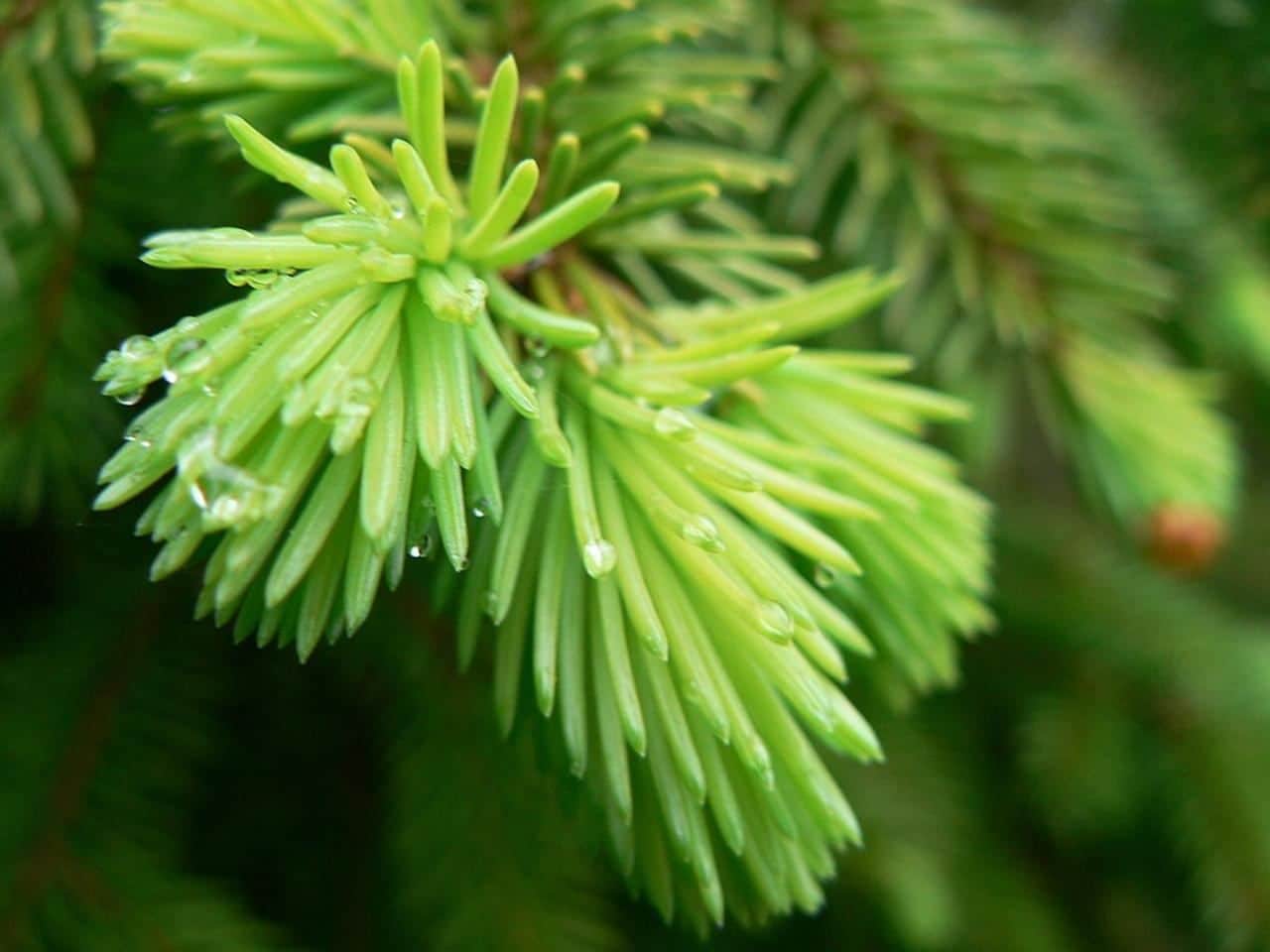
All the Picea They are some of the most rustic conifers that exist, since they grow in mountainous regions, and there is even some species that lives in northern Scandinavia, in Siberia, where frosts of up to 15 degrees Celsius below zero are recorded.
They are slow-growing trees, but with great ornamental value. Fortunately for us, more and more are found in the nurseries, especially if they are in a place where the climate is favorable.
Origin and characteristics of the Spruce
It is a genus of evergreen conifers called Picea, whose common name is spruce 🙂. It belongs to the Pinaceae family, and is made up of about 35 species that grow in the Northern Hemisphere, especially in mountainous regions. They reach a height of between 20 and 70 meters, and acquire pyramidal bearing.
The leaves are flat or tetragonal, pointed and green or bluish depending on the variety. Cones or cones are pendants that remain on the plant for a long time after maturing.
Main species
The best known species of Spruce are the following:
Picea abies
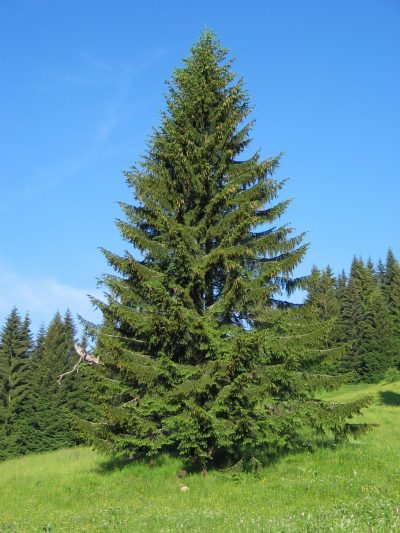
Image - Wikimedia / Qgroom
Known as common spruce, Norway spruce, European spruce or even as spruce although it is not a true fir, it is a conifer native to central and eastern Europe. Previously its scientific name was Spruce excelsa.
Grows to a height of 30 to 70 meters, with a trunk 1 to 1,5 meters in diameter. Resists up to -18ºC.
Picea glauca
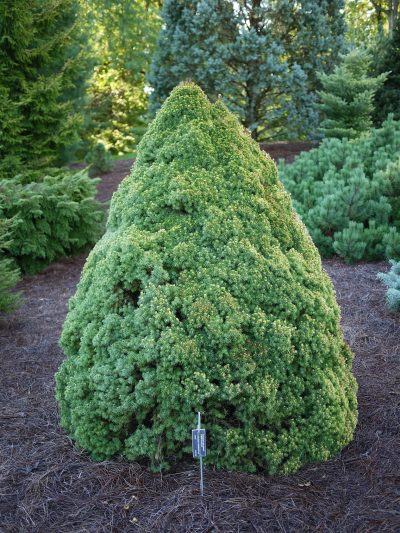
Image - Flickr / FD Richards // Picea glauca 'Rainbow's End'
Known as white spruce, it is a conifer native to northern North America, specifically central Alaska, eastern Newfoundland, Montana, Michigan, and Maine.
It reaches a height between 10 and 30 meters, sometimes reaching 40 meters. Resists up to -18ºC.
Picea glauca 'Conica'
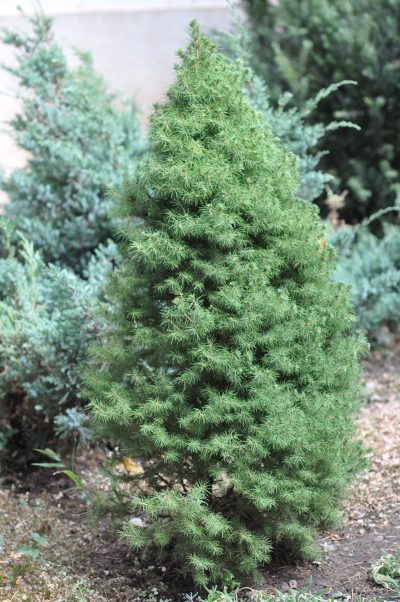
Image - Wikimedia / Lazaregagnidze
It is a variety of the previous one, with a smaller size since does not usually exceed 2 meters and has a more compact shape. It also resists up to -18ºC.
Picea pungens
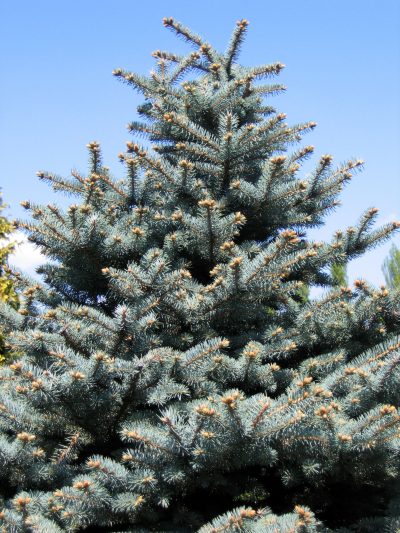
Image - Wikimedia / Agnieszka Kwiecień (Nova)
Known as Colorado spruce or blue spruce, it is a pyramidal conifer native to the Rocky Mountains of the United States. Reaches a height of 35 meters, with blue-green acicular leaves.
Resists up to -18ºC.
Picea pungens 'Hoopsii'
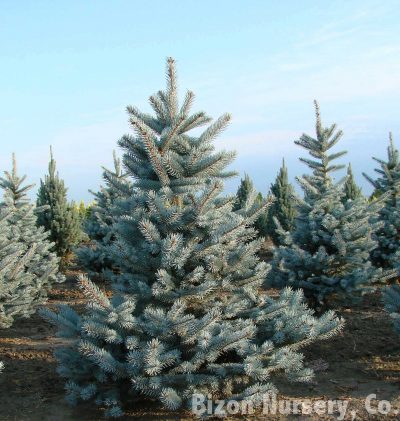
Image - Flickr / Mark Bolin
It is a grafted variety of the previous one known as blue fir, with light blue or strong blue leaves depending on the case. Resists up to -18ºC.
What are the care they need?
If you want to have a specimen of spruce, we recommend that you provide it with the following care:
Climate
So that these trees can grow and develop normally they need the climate to be temperate-cold, with the four distinct seasons. This means that they want the summers to be mild, with a maximum temperature of 30ºC and that in winter there are moderate to intense frosts.
Location
Being plants that need to feel the wind, rain, sun, etc. we must have the spruce outside. There are certain species, such as the Picea abies, which is usually kept indoors during Christmas, but we do not recommend having it indoors since it does not vegetate well at all in those conditions.
Due to their size, and despite their slow growth rate, it is preferable to place them at a distance of about 10 meters from pipes, walls, etc. so that they can grow well.
Earth
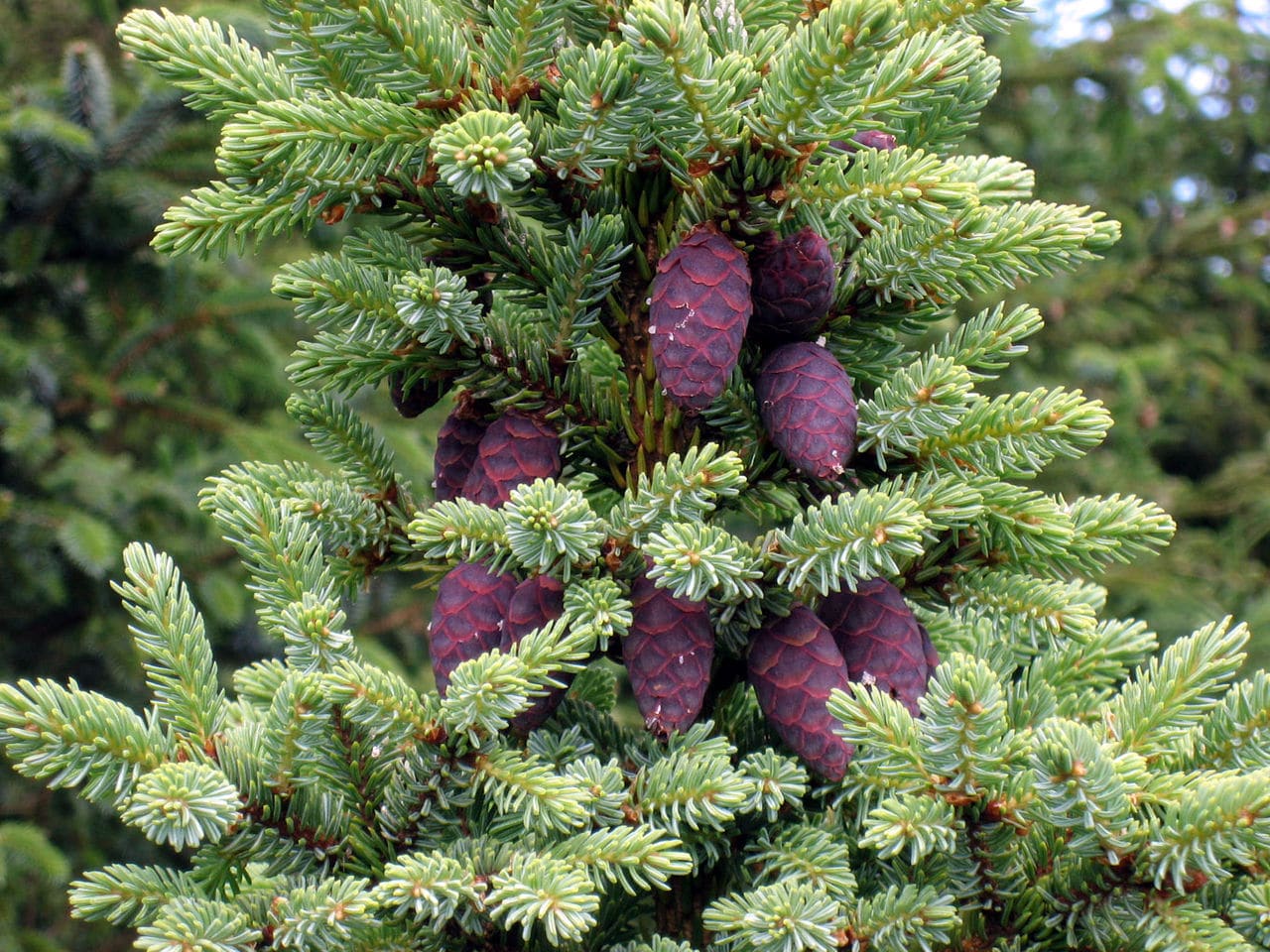
Image - Wikimedia / MPF
They grow in soils rich in organic matter, slightly acidic (pH 4 to 6), and with good drainage. They fear limestone soils.
During their youth, and also the more compact or dwarf varieties, they can be grown in pots -with holes in the base- with substrate for acidic plants.
Subscriber
It is interesting, and also recommended, to fertilize spruces with Organic fertilizers en spring and summer. If you have them in a pot, use guano (liquid) and occasionally a fertilizer for acid plants, following the instructions specified on the package.
Multiplication
They multiply by seeds in autumn (they need to be cold before germinating in spring, which is why they stratify artificially if the winters in the area are mild) and cuttings in spring, and cultivars by grafting.
Pruning
They don't need it. Remove only dry, diseased or weak branches.
Planting or transplanting time
En spring You can plant them in the garden, or move them to a larger pot if you see that the roots are coming out of the drainage holes.
Rusticity
It depends on the species, but they all withstand frost well. The ones we have seen here are very resistant, since temperatures of up to -18ºC do not harm them. During their first winter in the garden they can suffer some minor damage, such as some leaves turning brown and falling for example, but nothing serious.
What uses are they given?
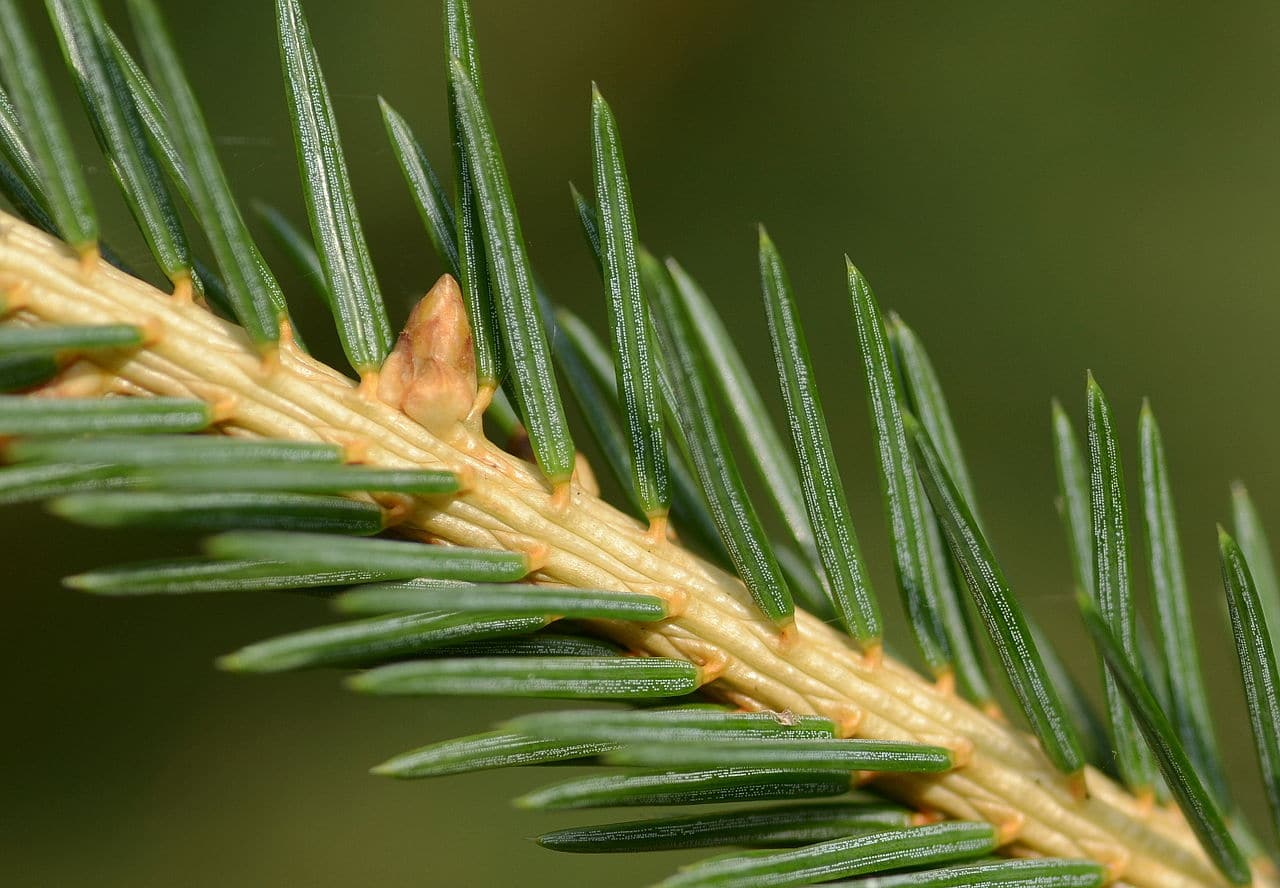
Image - Wikimedia / Simon A. Eugster
Spruces are used above all as ornamental plants in the gardens. But they can also be worked as bonsai, and its wood is good for making musical instruments.
What do you think?